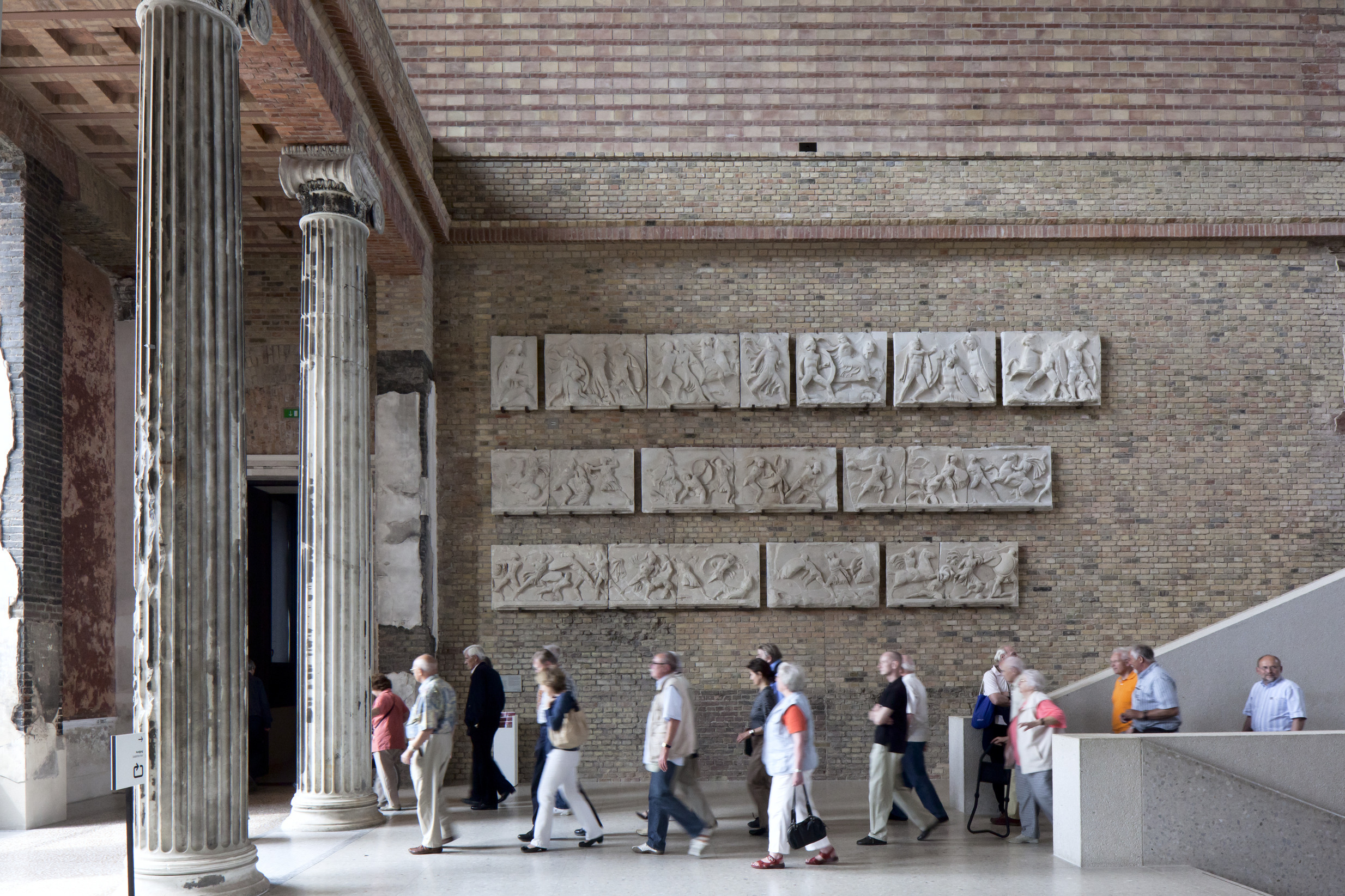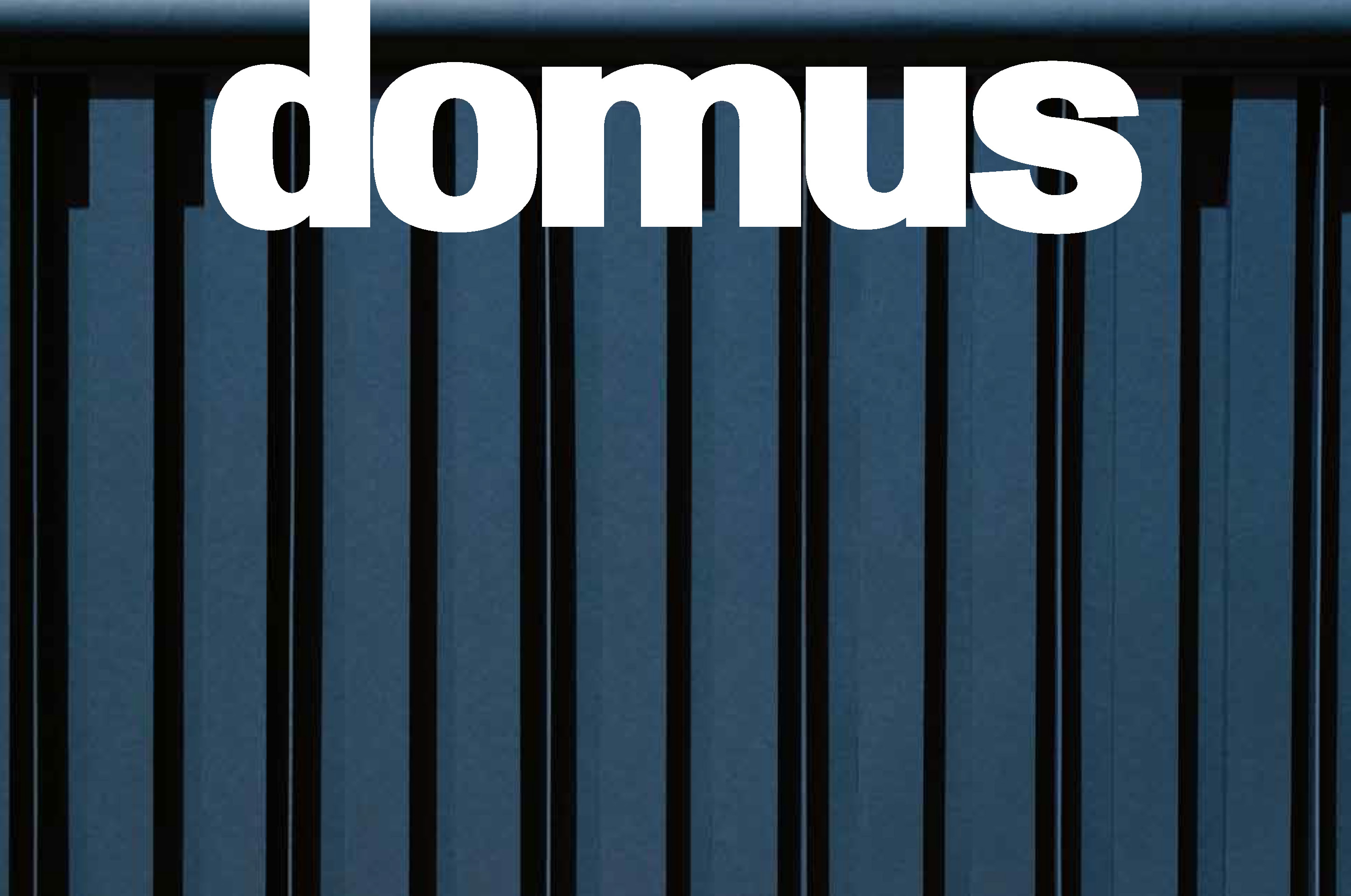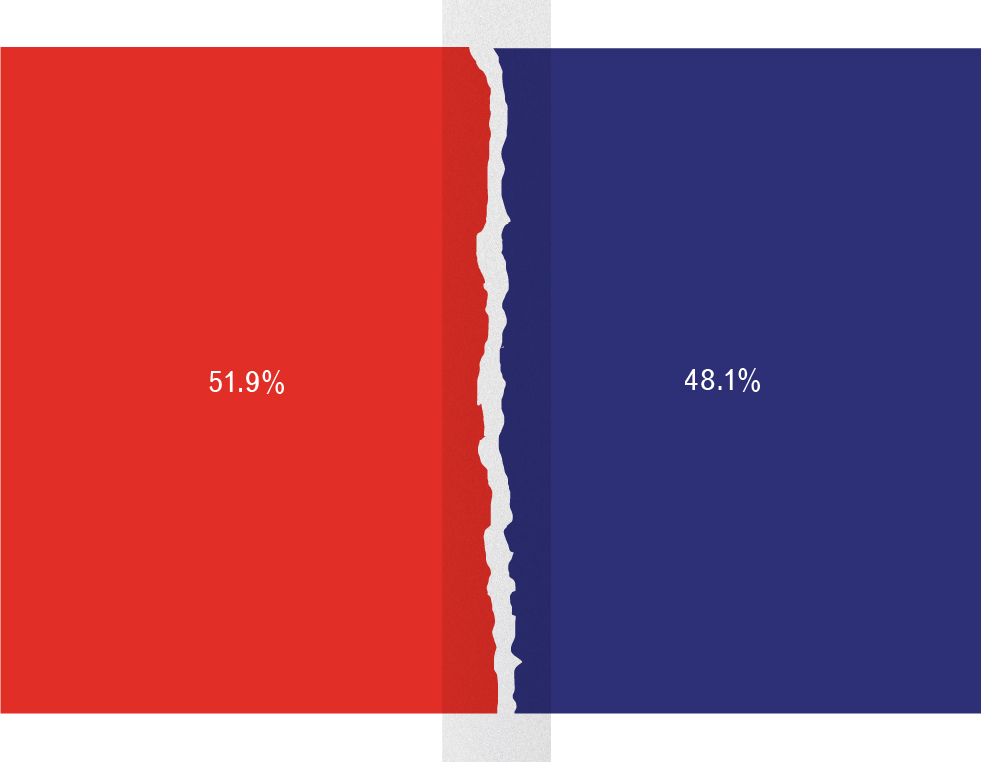In a letter to The Architects' Journal, David Chipperfield defends the practice's proposals for the renovation of the Nazi-era Haus der Kunst.
The building in Munich now known as the Haus der Kunst has a complicated history, being one of the most complete examples of Nazi architecture to survive the Second World War. Designed as the ‘House of German Art’ by Paul Ludwig Troost, it opened in 1937 with the ‘Great German Art Exhibition’. An insidious example of Nazi propaganda, the show was Hitler's attempt to define an 'authentic German art’ in contrast to the concurrent nearby exhibition of work defined by the national socialists as 'Degenerate Art', featuring important works displayed in a way to denigrate modernist art.
During the war, the building was untouched by the Allied bombing of Munich due to its isolated position in the city’s ‘English Garden’ (a large public park) and because of its effective camouflage. After the War, it was temporarily used by the American occupation forces and then served as a venue for an eclectic range of exhibitions until the late 1980s. A private-public institution to establish the museum was formed in 1992 and soon afterwards it became formally active as the Haus der Kunst.
In 2012, the Bavarian government approved the commission for the technical refurbishment of the Haus der Kunst. Subsequently, a competitive tender procedure for the ‘overall renovation’ of Haus der Kunst was organized in 2013, resulting in the selection of my practice. Two years later, the Federal Government added their support and approved a grant of 20 million euros towards the renovation project, affirming the desire for it to become a visionary centre for contemporary art of international standards.
Our proposals to renovate the Haus der Kunst are unintrusive and can be described under the general description of ‘comprehensive refurbishment and upgrade of the spaces of the building‘. This work can be further defined in three categories: firstly, repair and renovation; secondly, interventions based on programmatic ambitions of the museum; and finally, modifications to the exterior setting of the building.
Given that the building has been in continuous use since 1946 and has become a cultural venue of international importance, the question of its ongoing purpose is hardly in doubt. There is also enthusiasm for the museum’s vision to build on the success of the contemporary exhibition programme and to include performance, installation and dialogue, allowing the Haus der Kunst to fulfil its role as an active contemporary culture centre for Munich.
This expansion of programme involves the improvement of the underused western galleries to be adapted not only for exhibition but for audience-based performance and activities. The eastern galleries will continue to be used for temporary exhibitions. Considering this initiative and the investment to be made in the building, it is our belief that the urban setting of the building should also be reconsidered, and it is this aspect of the proposal that has drawn some critical reactions.
Having survived the War, the building has sat as an uncomfortable physical reminder of the Nazi regime and, as a piece of architecture, it was seen quite rightly as part of its sinister cultural propaganda. There were proposals to destroy the building but they were never executed. Instead, the surroundings were modified to 'hide' the building. The grand and symbolic portico, modelled on Schinkel’s Altes Museum, had become emblematic, so the main entrance was blocked and the entrance was moved to the side. Trees were planted in front of the building and, as part of general traffic modifications, rows of steps in front of the building were removed.
The rear of the building that previously overlooked the English Garden was also disguised by the planting of trees. A car park and service area were made where before the landscape had come up to the building. Thus the building that owed its wartime survival to effective camouflage was once again protected from a discomforted population by another type of camouflage.
The criticism of the current proposals is provoked less by the description of repair and reorganisation to the inside of the building, but by the philosophy of opening the building up to the city through the removal of trees and the general setting of the building. By putting the setting back we are being accused of ‘glorify[ing] the Nazi architecture’. Here is the point precisely. The removal of trees questions the need to hide the building. We ask whether it is necessary to keep this ‘fig leaf’ in place any longer. This action does not admonish the building’s role or history but asks whether such a fragile device is still necessary.
We don't believe that the building can sit any longer in this ambiguous limbo. How can an institution dedicated to contemporary art, which is - as part of its mandate and its legitimacy - committed to the asking of provocative questions and dealing with moral and social issues (including its own history and that of the society that created it), hide behind the bushes? How can a cultural institution assume growing and substantial significance while at the same time assuming such an uncomfortable physical presence?
The commitment to support the concept of the Haus der Kunst and to build on its success as a cultural institution is about to be recognised by a significant investment into the infrastructure of the building. As an institution, the Haus der Kunst needs to build on its already significant role as a cultural venue. It is difficult to advocate the civic importance of the institution if the building that houses it is maintained in such an ambiguous urban context. We all well understand the need in the past to 'punish' the building, but is it still necessary when this will inevitably affect the ability of the Haus der Kunst to play its full role as a centre of contemporary culture?
The institution is growing up and moving on, the building that houses this institution must now assume new responsibilities beyond those inherited from its dark history, not by hiding its 'guilt' but by living with it, overcoming it, subverting it and leading it into an alternative future.



